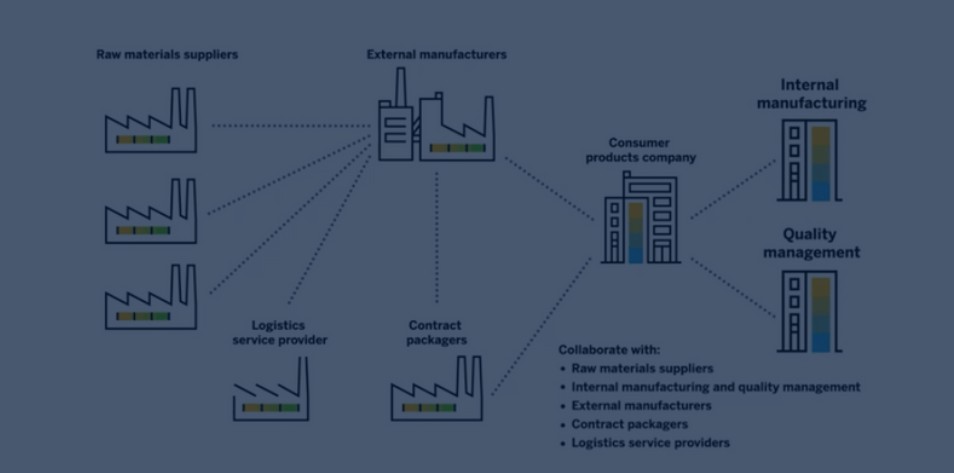Cyber threats get meaner with every passing day, and show no signs of abating. Conventional security deployments no longer suffice for new business models that attract complex threats. For instance, the bulk of the network traffic in today’s age of remote work comes from outside the network firewall. Such changed realities necessitate new approaches to security. As security experts scramble for solutions, they find encouraging signs in big data analytics. Analytical insights predict and pre-empt cyber attacks. Automated solutions trigger immediate responses while alerting the security team simultaneously.
But enterprise cyber security will not improve only by investing in any new sophisticated analytics tool. Here are the ways to harness data analytics and keep threats at bay.
1. Get data collection right
Any data analytics tool is only as good as the data fed into it. Leveraging analytics to strengthen security requires getting data management right as a prerequisite.
Big is, ironically, not always better in Big Data. Theoretically, the bigger the data, the better the insights. But many businesses need help to analyze the vast swathes of data. They must sort out relevant data from obsolete, outdated, or irrelevant data. The process is time-consuming, and businesses incur considerable costs to handle junk data.
- Create end-to-end visibility to enable automated tools to access data unhindered.
- Identify relevant data and establish robust data collection processes from such sources. Popular sources include security logs, endpoint data, authentication data, and web activity data. Capture the latest data and discard stale irrelevant data.
- Adopt an incremental approach to data collection. Collect basic data first. Next, scale up to collect more data that offers greater context and undetected indicators.
- Augment the collected data with additional intelligence, such as website data and access controls. It could also include external sources such as open-source and threat-intelligence feeds.
- Side-by-side of processing the collected data, retain raw data to understand the security environment. Cyber researchers and forensic auditors need raw data to conduct investigations.
- Cleanse the data before processing. Apply standard security taxonomy to normalize data. For instance, assign common names for fields with common values. Examples include user timestamp, name, source IP address, and port. Universal naming conventions streamline search and offer a unified view of the threat landscape. It also helps the security teams define standard terms for discussing security issues and prevent mix-ups.
2. Pay attention to trend-spotting
A 2019 CrowdStrike report highlights a disturbing fact related to threat detection. The average enterprise takes 162 hours with existing capabilities to detect and contain a data breach. The damage often gets done by the time network security gets its act together. Not surprisingly, 80% of survey participants were victims of one or more attacks over the previous year.
Traditional network scanning identifies known attack patterns or potential vulnerabilities. Continuous network monitoring gives early warning signs of anomalies. Security teams may shut down the network or take countermeasures before attackers do the damage.
Such practices are still integral as part of a thorough incident response plan. But conventional network monitoring tools fail to cope with massive data loads. Also, today’s cyber criminals deploy AI to pry out vulnerabilities and launch targeted attacks. They weaponize cloud services, launch supply chain attacks, and slip in more deadly ransomware. Traditional defenses are no match for such powerful attacks. The rules and correlations only sometimes identify zero-day attacks and other complex threats. It requires Big Data analytics to identify potential areas of attack and move fast to remediate such attacks.
Machine learning algorithms process high-volume, high-velocity, and high-variety data and identify threats in real-time. Analysis of long-term trends picks up deviations not spotted during one-off checks. To get the process right:
- Automate correlation rules. Traditional network security depends on correlation rules. Cyber security teams scan event sequences to identify anomalies that could indicate cyber-attacks. Big data analytics automates this critical task and equip the system to scale-up easily, and cope with huge volumes..
- Connect analytical insights to business goals. Frame rules based on business realities. For instance, traditional traffic may be from an untrusted source, with employees always on the move.
- Develop systems for measuring performance and recording contextual insights. Advanced tools integrate with third-party feeds to get comprehensive information.
- Subject current and historical data to statistical analysis to identify live and relevant trends. Advanced tools track “unknown-unknowns” or unusual behavior. Even the algorithm could not encounter such behavior previously. Most standard tools detect “known-known problems” and “known unknowns.”
- Use predictive modeling tools to build models and get ahead of cyber threats before they happen. These tools identify hidden indicators of potential dangers on the horizon.

3. Get incident response right
Effective Incident response depends on isolation and eradicating the root cause of the threat or incident. Without big data analytics, security experts rely on guesswork when taking remedial measures.
- Upgrade network security tools to support big data analytics. Deploy APIs to enable free flow of data among enterprise systems.
- Ensure system-wide visibility through AI-enabled analytics tools. Real-time insights enable security teams to take timely action to overcome issues such as slow detection and threat mitigation failure.
- Inculcate a data-driven culture among rank-and-file employees. Automation notwithstanding, effective incident response depends on motivated staff who practice proper cyber-hygiene, and remain alert to any anomalies.
4. Deploy the right tools
Most enterprises need help with acting on the insights from Big Data analytics.
- Develop robust threat visualization capabilities. Data visualization is the most significant barrier for 45% of data leaders. Data visualization tools transfer real-time data into maps that update as conditions change. Such solutions enable cyber security teams to visualize attacks by type, area, or location.
- Deploy endpoint protection platforms that detect potential threats. These cloud-based solutions support continuous data collection, monitoring, and remote control.
- Use Security Information and Event Management (SIEM). SIEM platforms collect logs and event data from the network, and offer analysis and alerts based on predefined business rules. It also helps the enterprise enforce PCI DSS, GDPR, and CCPA compliance controls.
- Threat intelligence software informs about new malware, zero-day attacks, and other unusual activity. These tools provide cyber security teams with the information required to pre-empt new threats.
- Configure alerts that make explicit the severity of incoming threats.
Cyber security is getting more difficult and complex, and cybersecurity tools struggle to keep pace. AI-powered data analytics offers enterprises the potential to catch up. Analyzing Big Data helps businesses remain ever-vigilant and prevent emerging threats.












